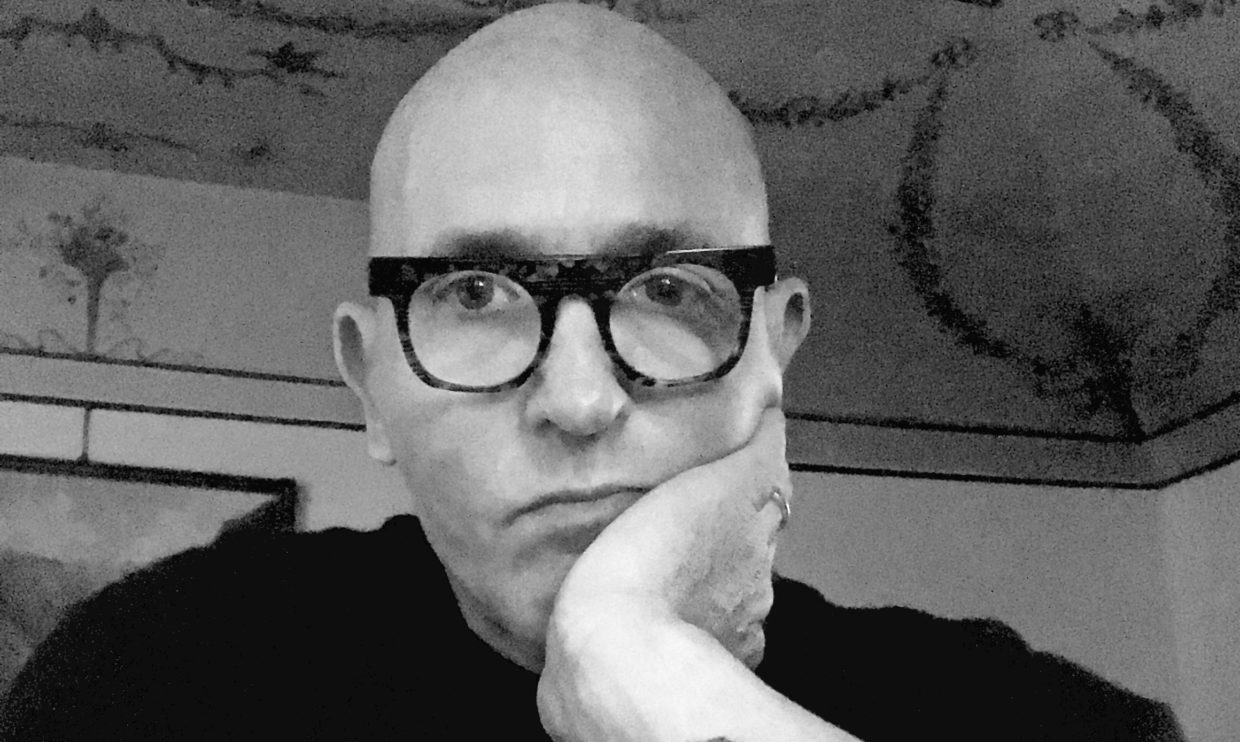
In memory of my father
The first super moon of summer
is called the Buck Moon.
It rises in the weeks
when young male deer
begin to grow antlers,
begin to grow into the purpose
of fighting and breeding and dying.
At first, their antlers are spongy
and soft, covered with hairy skin
called “the velvet,”
into which bone is poured.
The bone hardens in early summer
and the velvet shrivels and falls off
like scrunched-up dirty socks.
The bucks often eat it.
Deer, elk, caribou and moose
have brains that contain a kind of clock
to measure periods of light and dark.
If you split the hours into twelve—
with constant sun, then switch suddenly
to twelve of starless dark,
back and forth, half the clock
folded over half the clock
without dawn or dusk—it turns out
that bucks will not shed their antlers
as they do during the ordinary calendar
of flowering and drying up, lush to scrub,
back to school, first ice, Black Friday.
It’s important to remember:
Antlers are not horns.
They are mysteries of true bone,
not the ingredients of fingernails
that grow out of cow heads
and sheep and goats
and whatever is wrong with Moses
the way Michelangelo carved him
(commandments, biceps, distant
gaze and two small horns)
for the tomb of Julius II.
Caribou are the only deer
whose females grow antlers.
But all deer kept only
in darkness, night and day,
will patrol time with barren heads.
Bucks kept in constant light,
however, have been known
to grow and lose three sets
of antlers in less than two years.
Who conducts these experiments?
It takes an autumn and winter
surge of testosterone
to kill the blood flow to antlers,
which is why they are deciduous and die
and fall in the snow—that is,
if the earth spins without experiments
and if the antlered bucks
have testicles larger than frozen peas.
There are bucks that don’t.
And because they can’t summon
enough ‘roid rage in winter,
their antlers never fall.
They keep growing, just
as they would if the lights stayed on
all hours, season after season.
Beginning with the first thaw,
a new velvet sock
knits itself over the antlers
of these testosterone-deprived bucks
and a new pouring of bone hardens
over whatever shape the old bone has taken.
This repeats.
Micro-testicular bucks end up
with antlers that look like
neglected bonsai or scribble on a page.
The bucks disappear into emaciation,
scraping their hooves against
the black and white spring soil,
the thinning snow.
Sometime in the 1970’s,
I watched my father zigzag
down the edge of a field,
stumbling through the tractor ruts.
It was afternoon, early summer.
I had never seen him run.
He had been cutting hay
in a meadow as gorgeously-rectangled
as a smooth sheet of construction paper
taped at an angle on the hill.
My father loved to mow.
He loved the privilege of the tractor.
Two or three beers,
fast swaths, barely
cutting the throttle in the turns,
curving and curving counter-clockwise,
not quite circle or spiral.
It was solitude and carnival ride,
minor industry sweetened by
his loud voice above the engine.
He loved singing.
My father was running
and he was moaning
the weird, chill way a lost fawn does.
In fact, most deer can be coaxed to safety—
through a relaxed, rhythmic variety
of soft grunts, three or four,
then a period of waiting, done in sequence.
But only the right tone of fawn distress
will lure out the mothers,
and rarely the older bucks.
There are whistles hunters can buy
to make these sounds.
Some are beautifully carved out of antlers.
Some have walnut muzzles
and leather lanyards.
And there are elaborate boxes
that come with buttons and dials
to switch between fawn bawl,
buck grunt, growls, wheezing, snorts
and high-pitched estrus bleats.
As he got closer, my father
started screaming and all of us
were under klieg lights.
An experiment was taking place.
Pain was being invented.
Who would behave?
What would we become?
My father looked like
he was wearing some costume—
a soft, spongy robe and mask
of dirt and wet grass,
matted blood and sweat.
He struggled to carry something
under each of his arms, bundles
of sticks and something soft,
something he couldn’t hold.
He tried to keep running
but he stumbled,
and I saw he was carrying
two dead fawns,
scissored legless by the mower.
He kept falling and crying and getting up.
It looked as if he were jumping,
loping toward us.
He poured into us, like bone.

